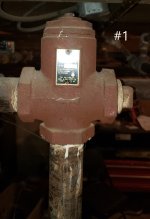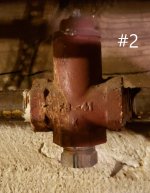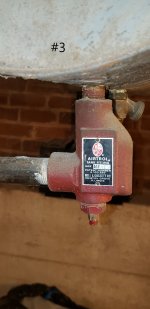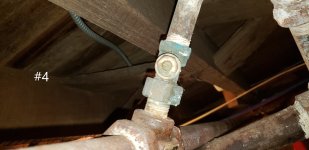When designing these systems there are many considerations. When servicing them, or altering them, you have to deal with the decisions that were made by others in the past.
When looking at general schematics from engineers and manufacturers, you'll find they tend to always put in valves and equipment that will allow for any problems, work in any situation, etc. Usually this generic design process makes things much more expensive and complicated. It allows you to tune out problems that were introduced in other ways and should not be there in the first place. Many parts can be left out, and should be left out. Beauty and efficiency come from simplicity, not over the top rule following and ten times too many parts.
Remember, in a closed loop hydronic heating system, once it is done, when it is operating, and all the air is out, there is no use for air vents, purging valves, air scoops, etc. They are all there to get you started. So try to do your initial air management in the simplest way you can. Air only rises to the top if there is no other force to keep it form doing so. Elevation of the pipes, ups and downs, mean nothing to a closed loop system with no air in it. Water velocity will move air to wherever you want it to go, up or down. Water velocity, momentum, noise and temperature can all play into your game of determining what is going on and making the system perform.
Use your zero pressure change point to help you with pumping, system pressure control, bubble size and boiler character. System static head, combined with pump head must be considered when deciding on vent locations. Otherwise air venting can be a problem. It's not sufficient to simply say "put a vent at the top". In fact, that is generally not correct.
Try to design it to allow for good servicing and easy startup, while being as simple as possible. Simplicity is beautiful and does not detract from function. It adds to function, makes installation easier and reduces cost. But it is difficult to learn to do.




